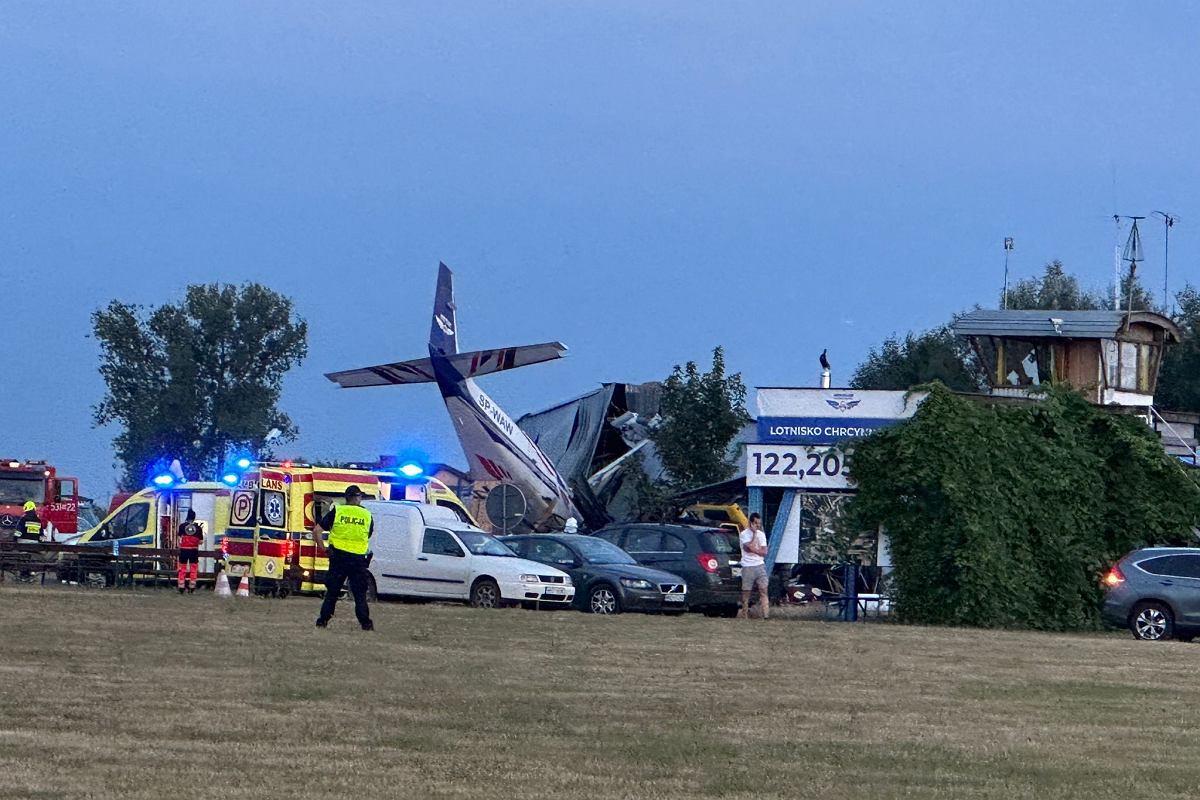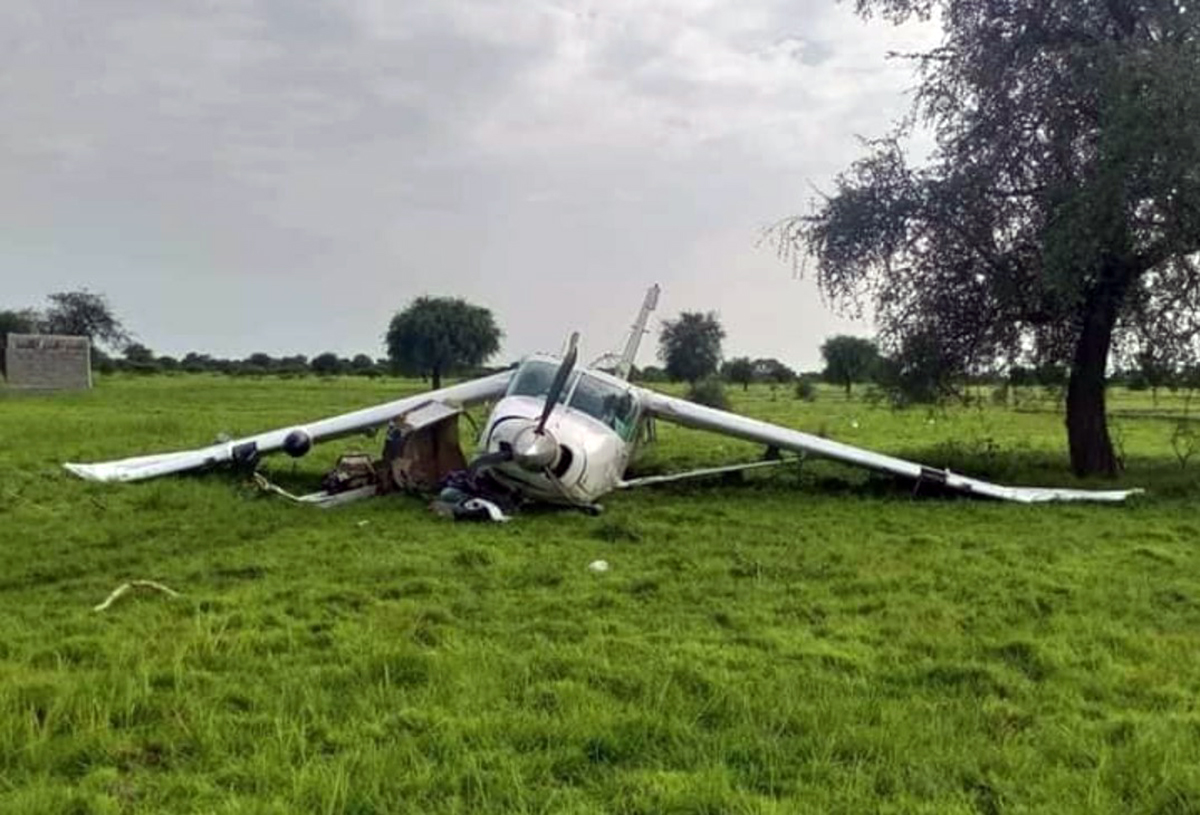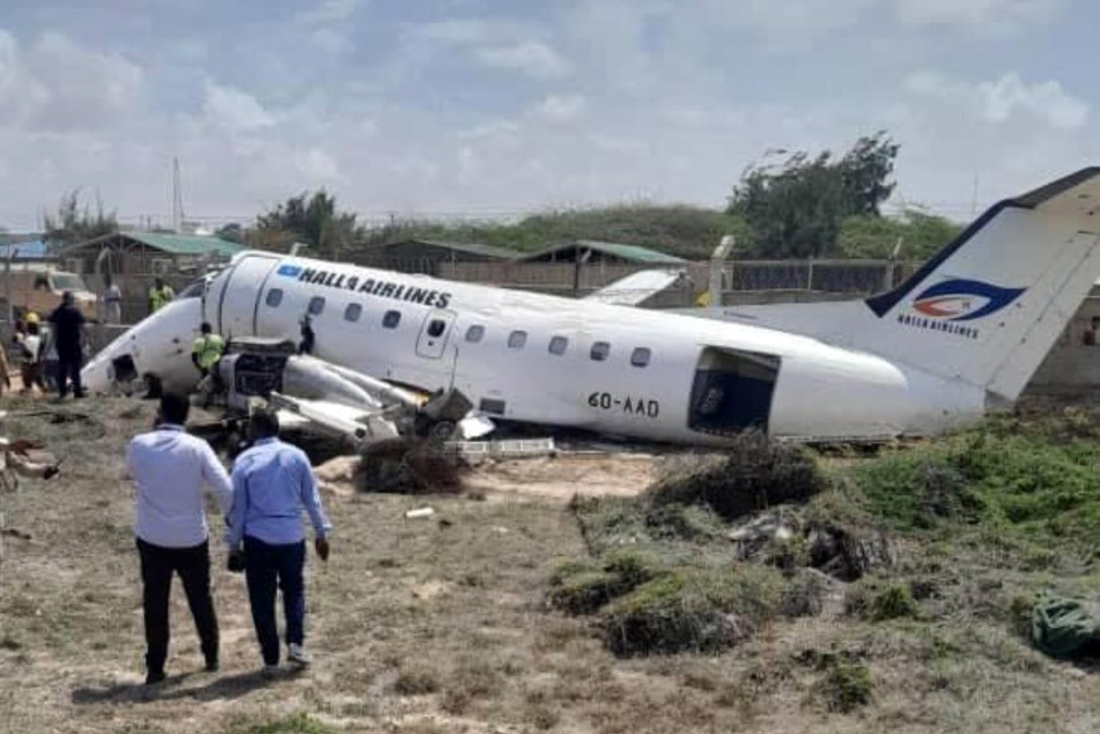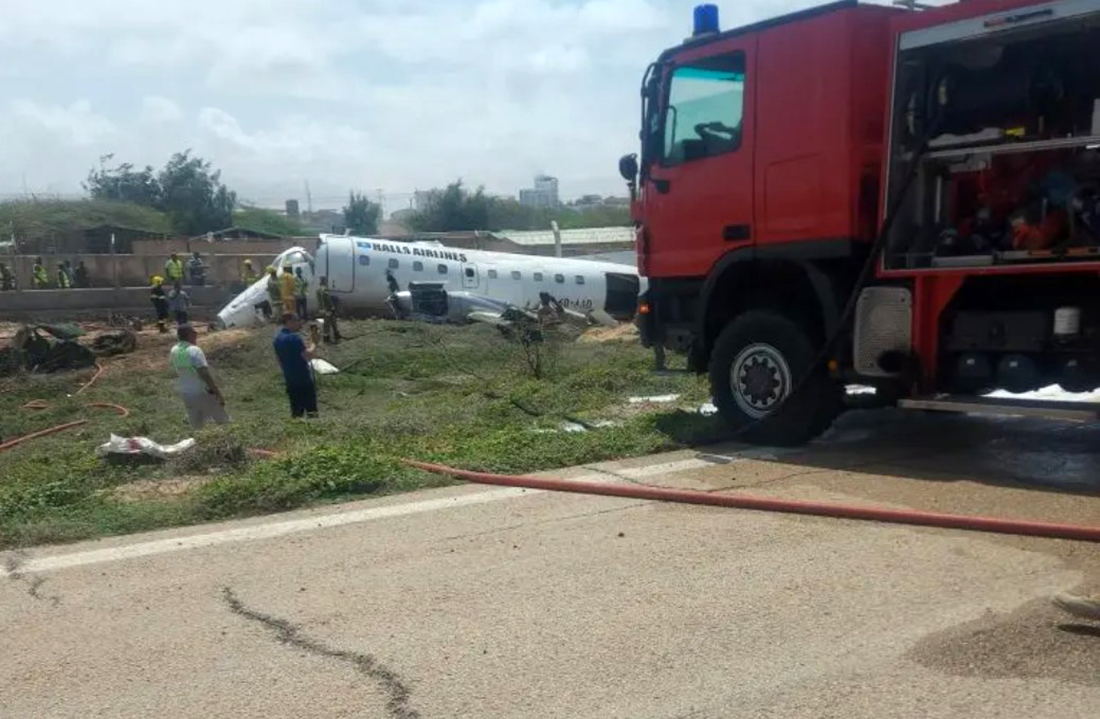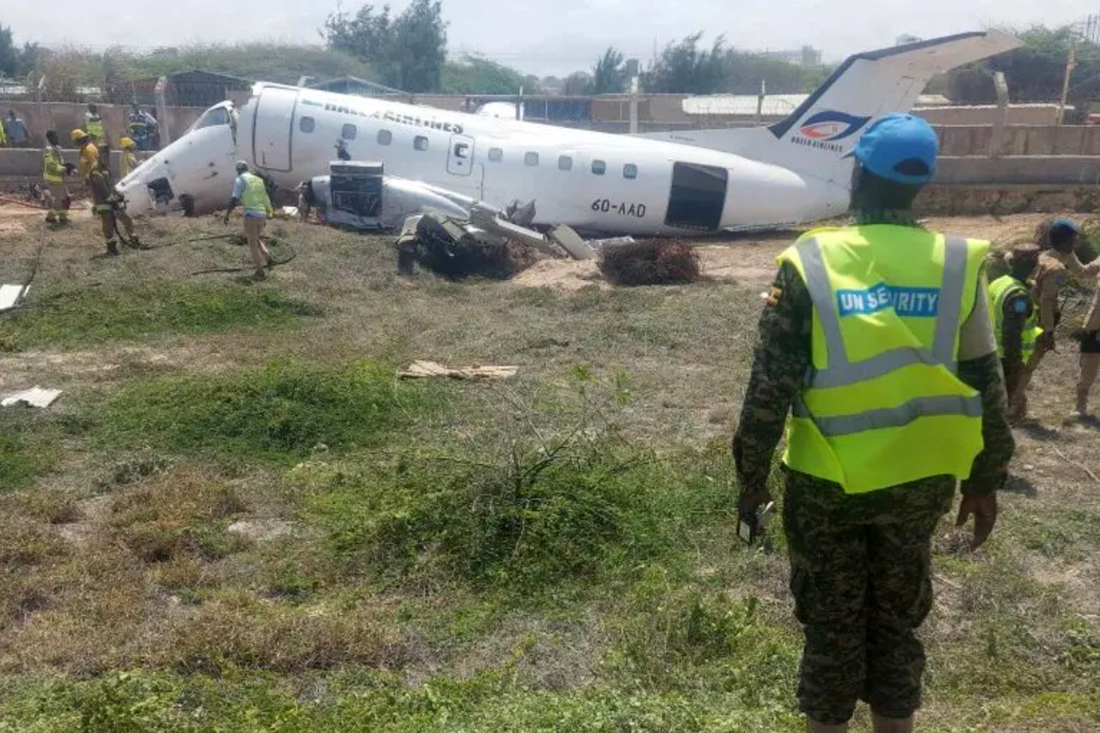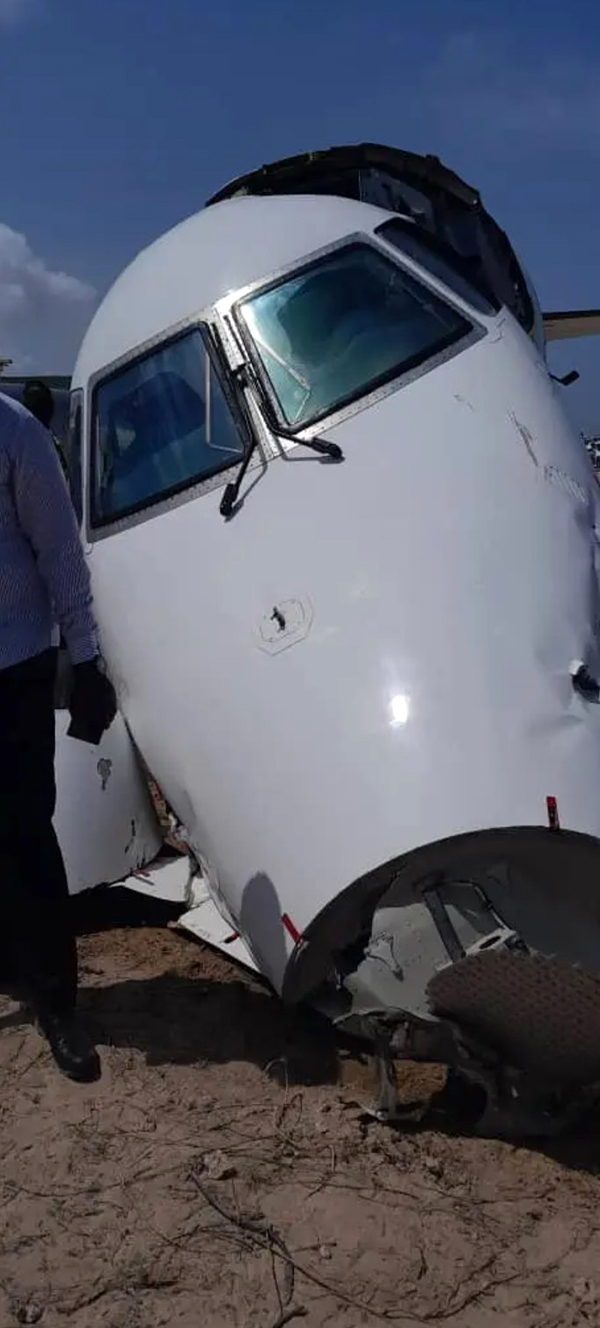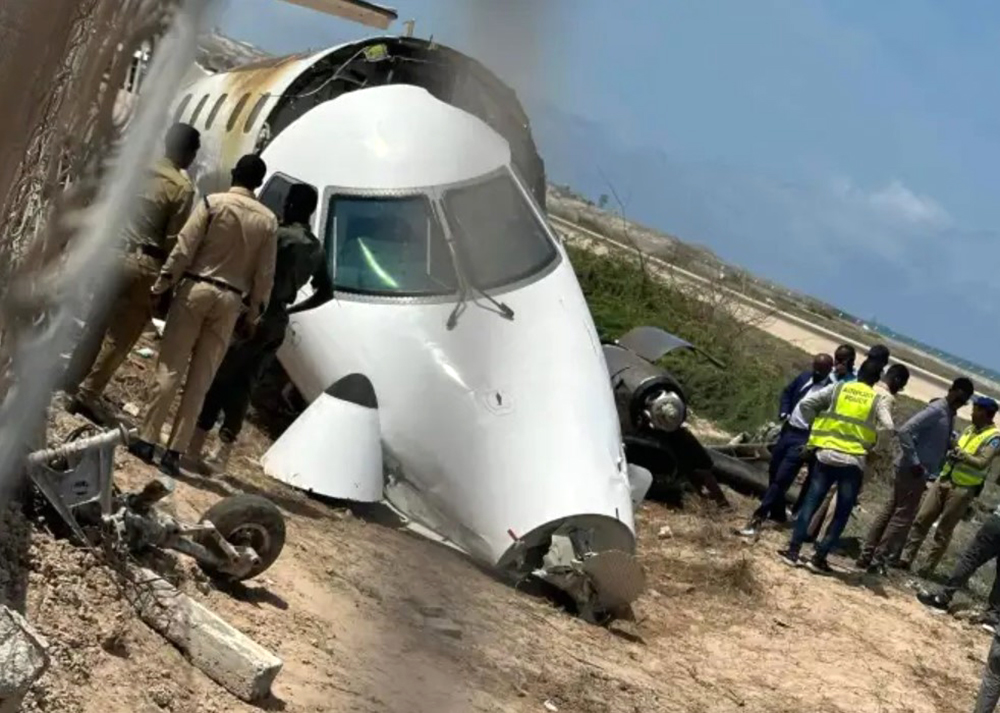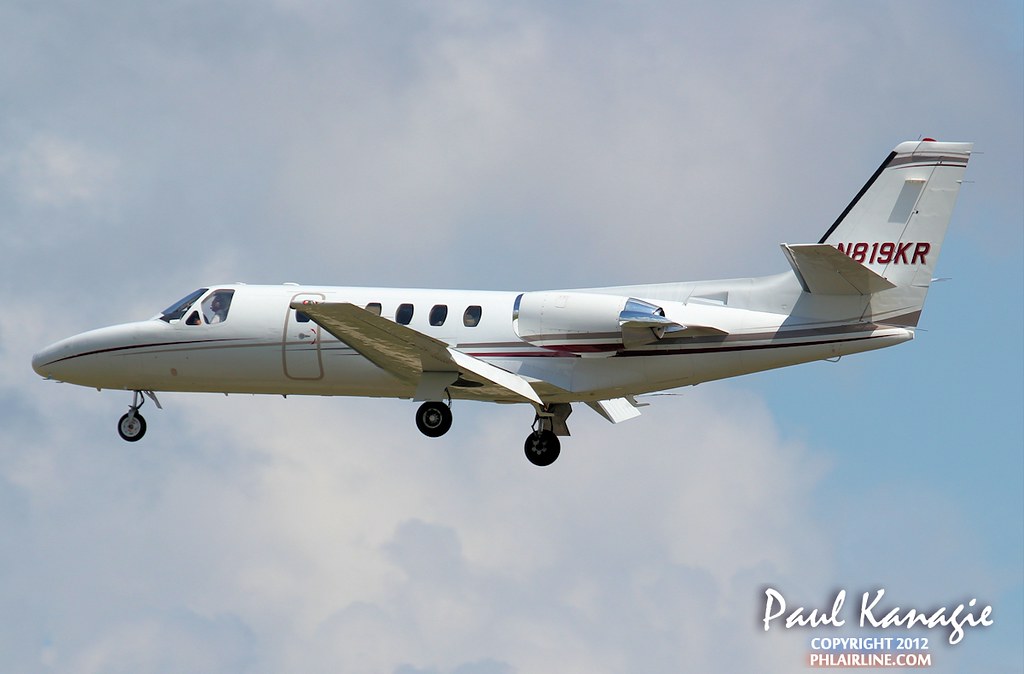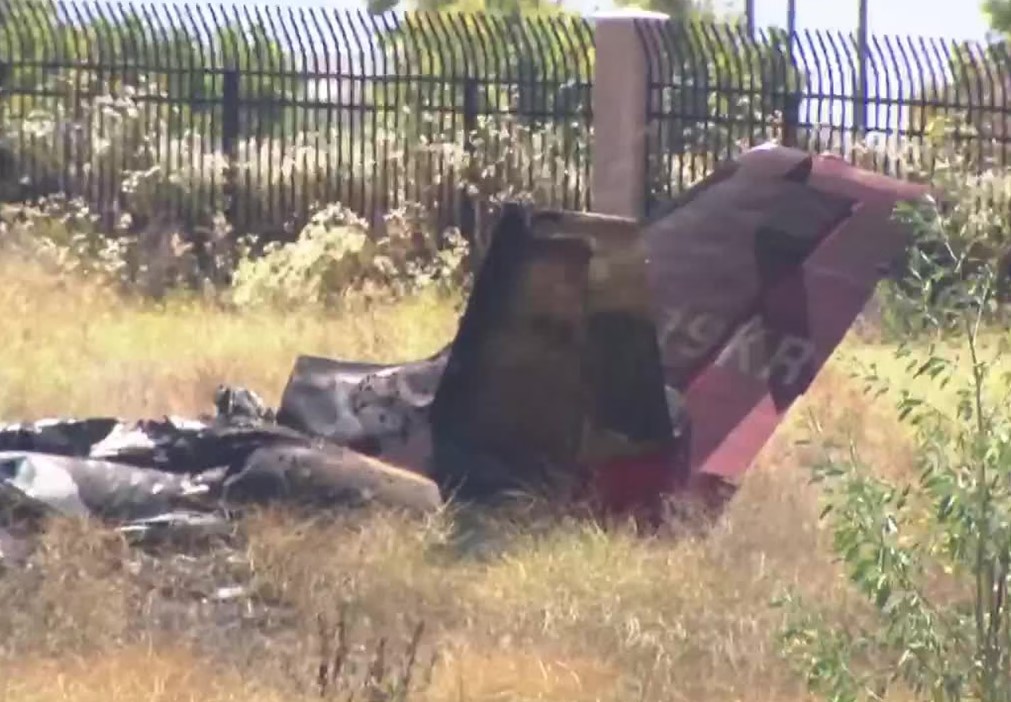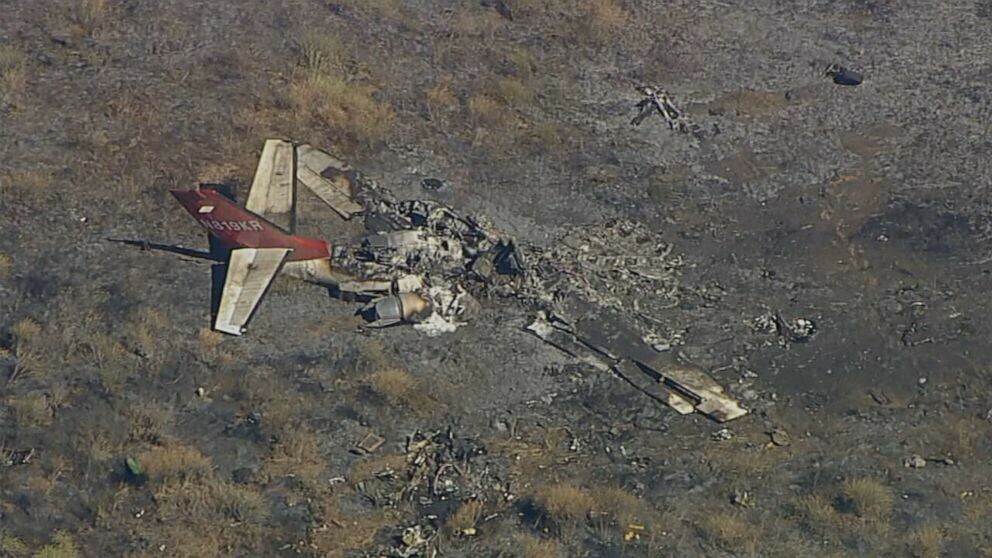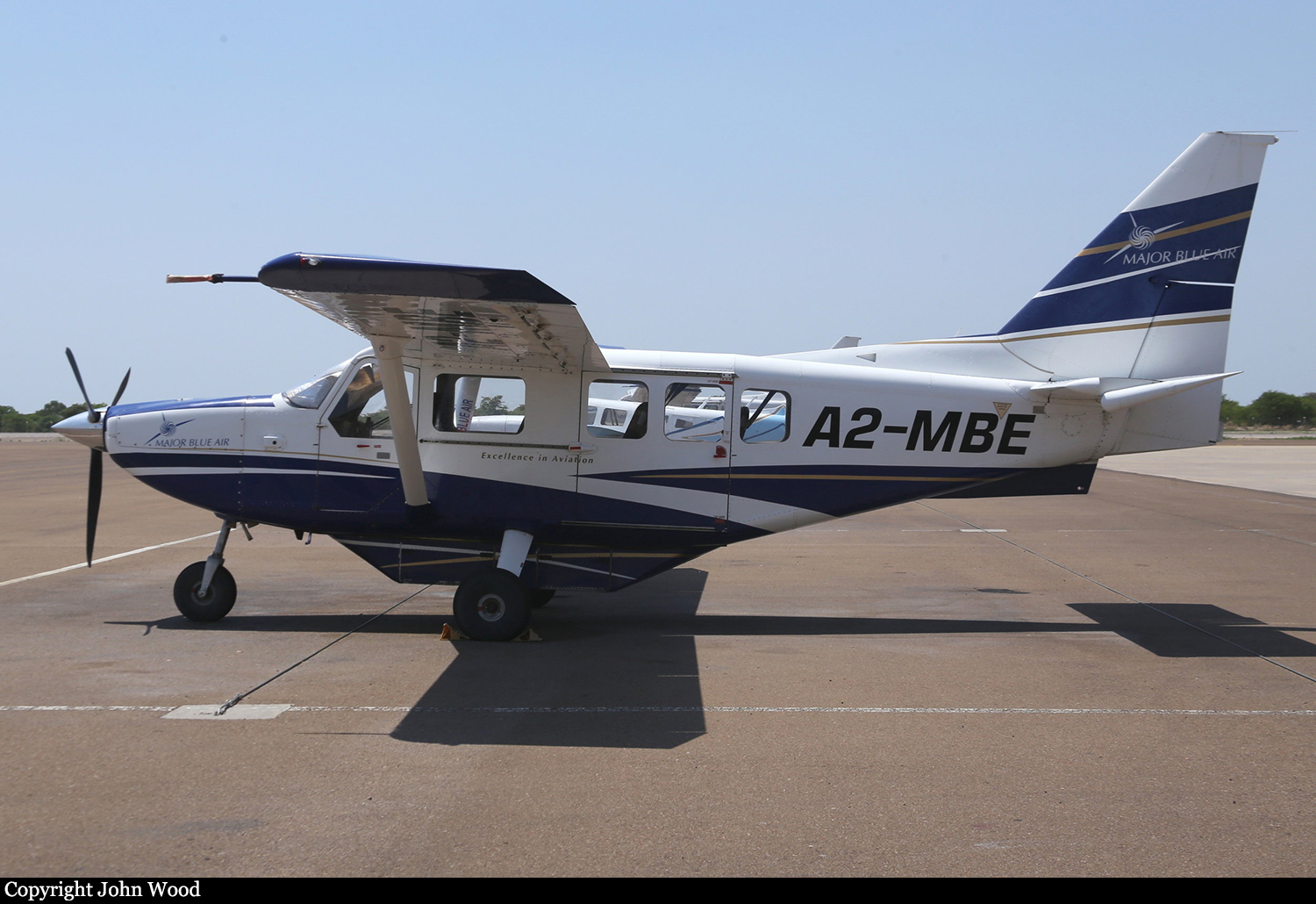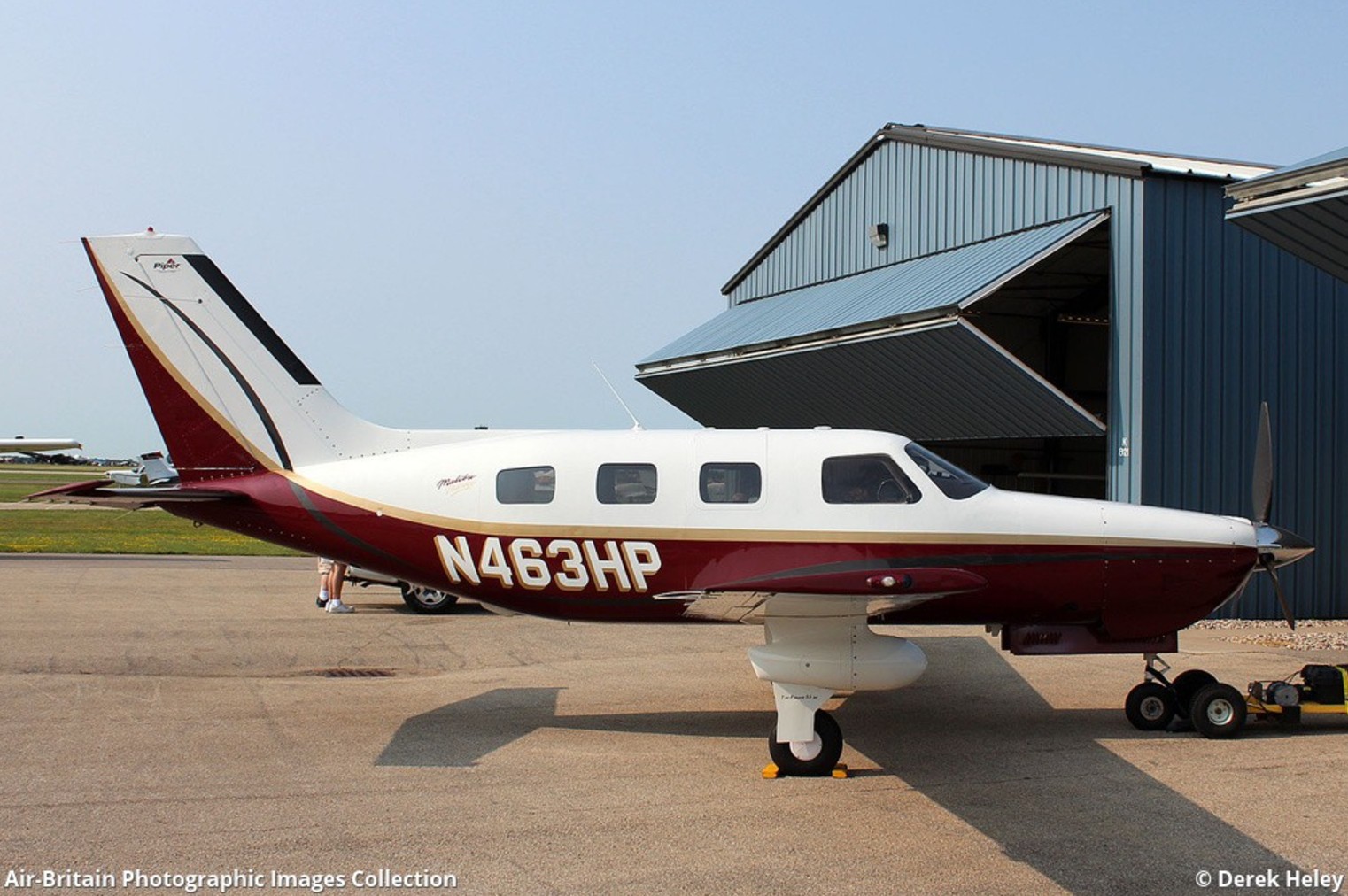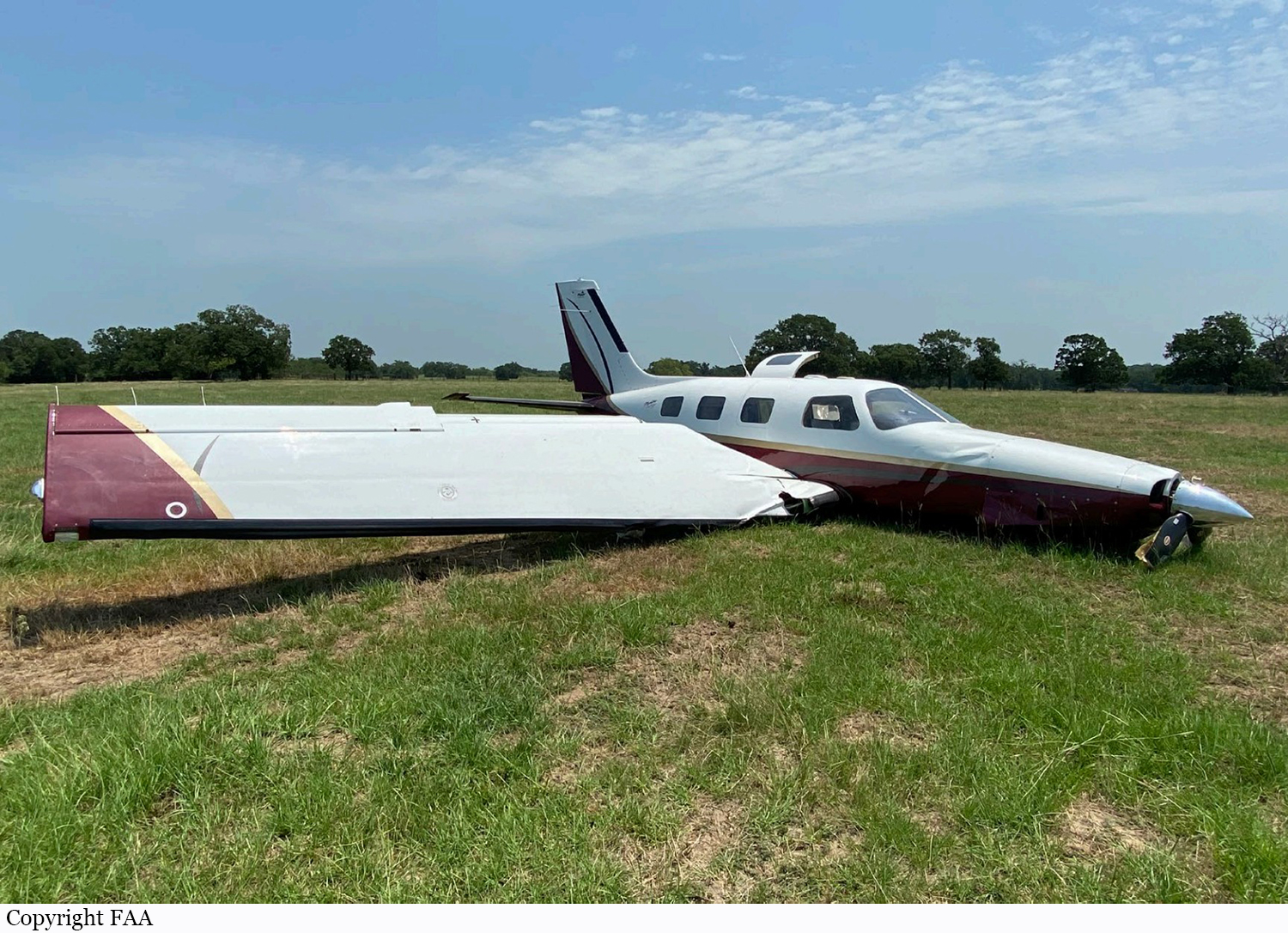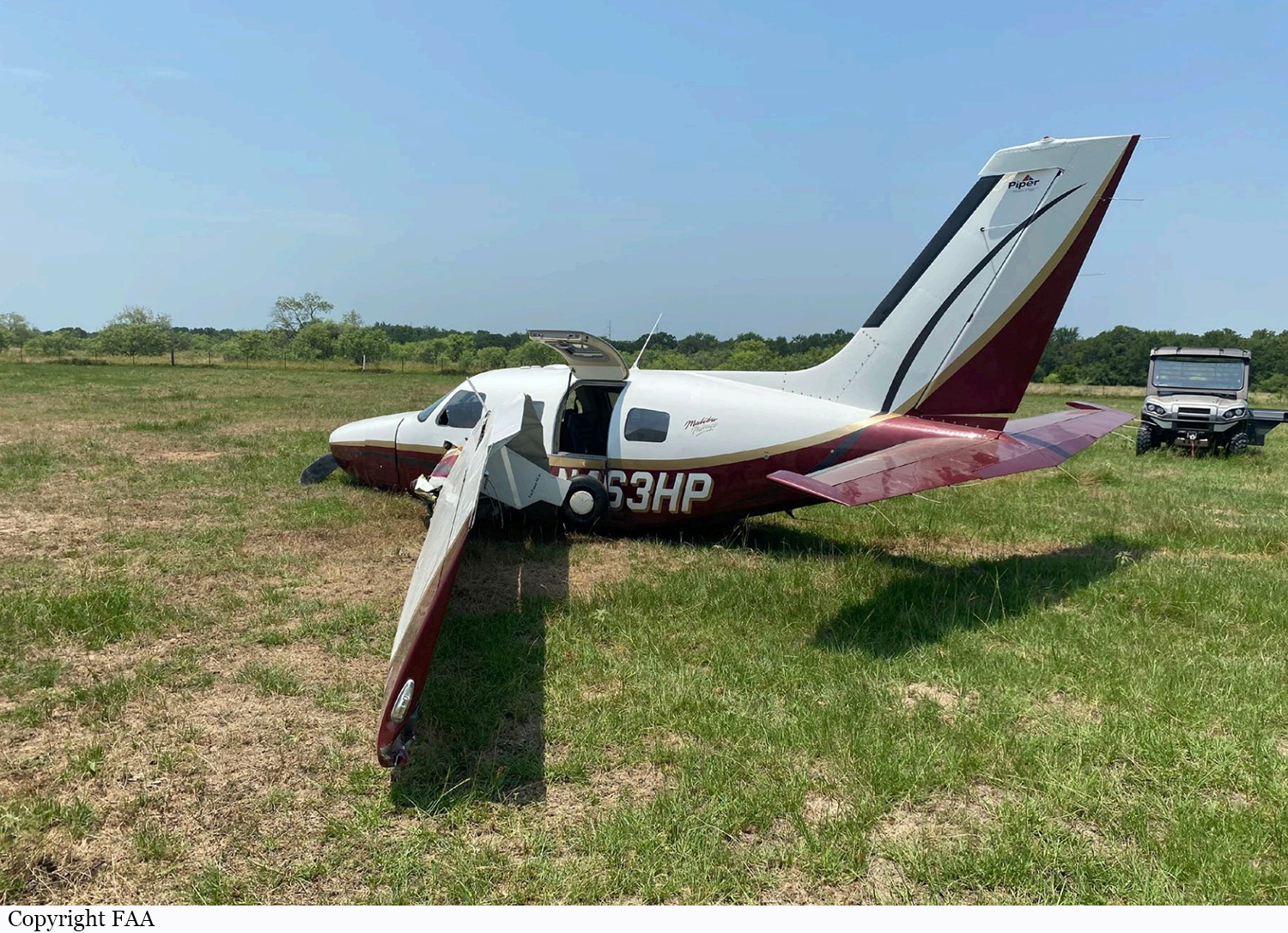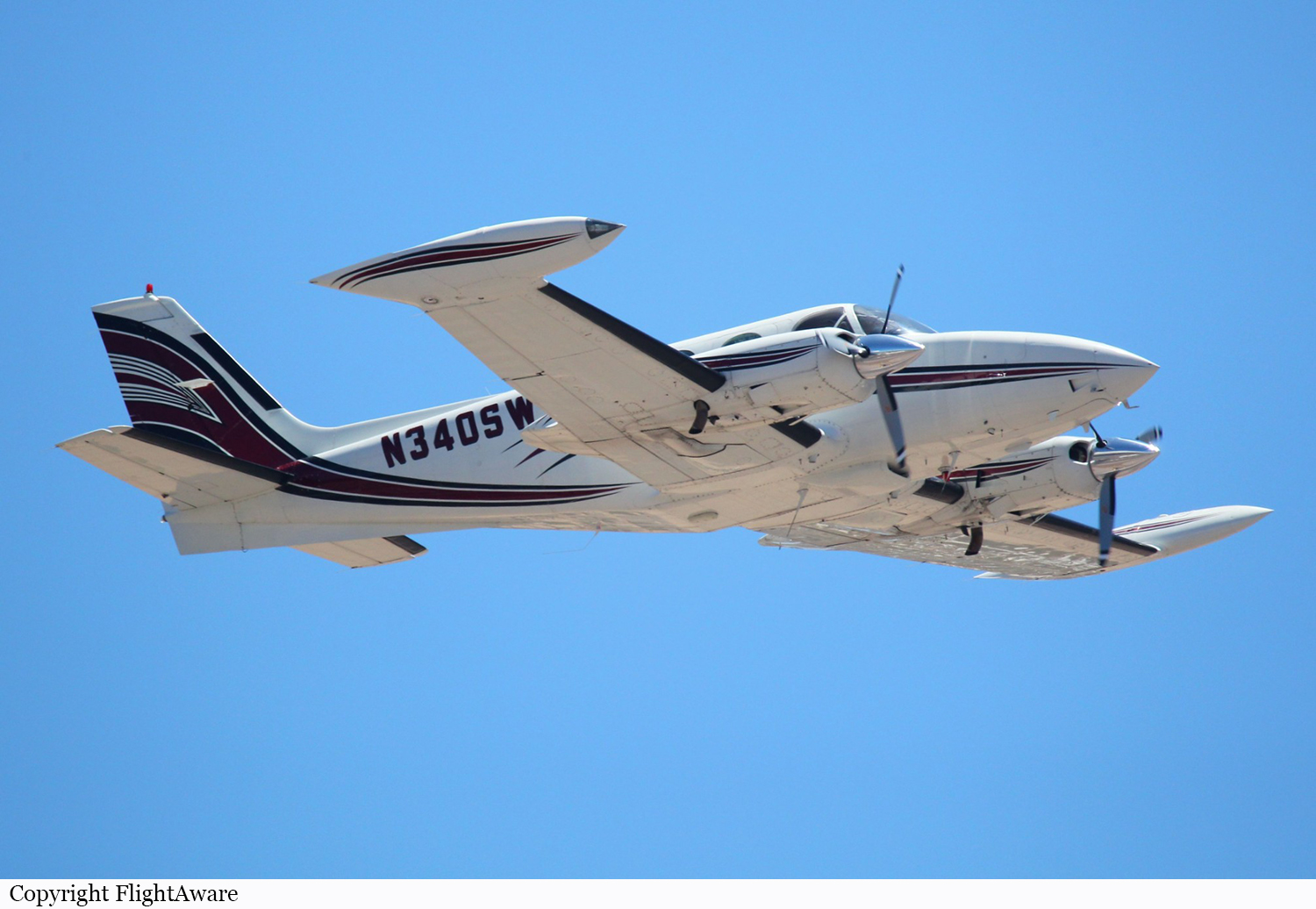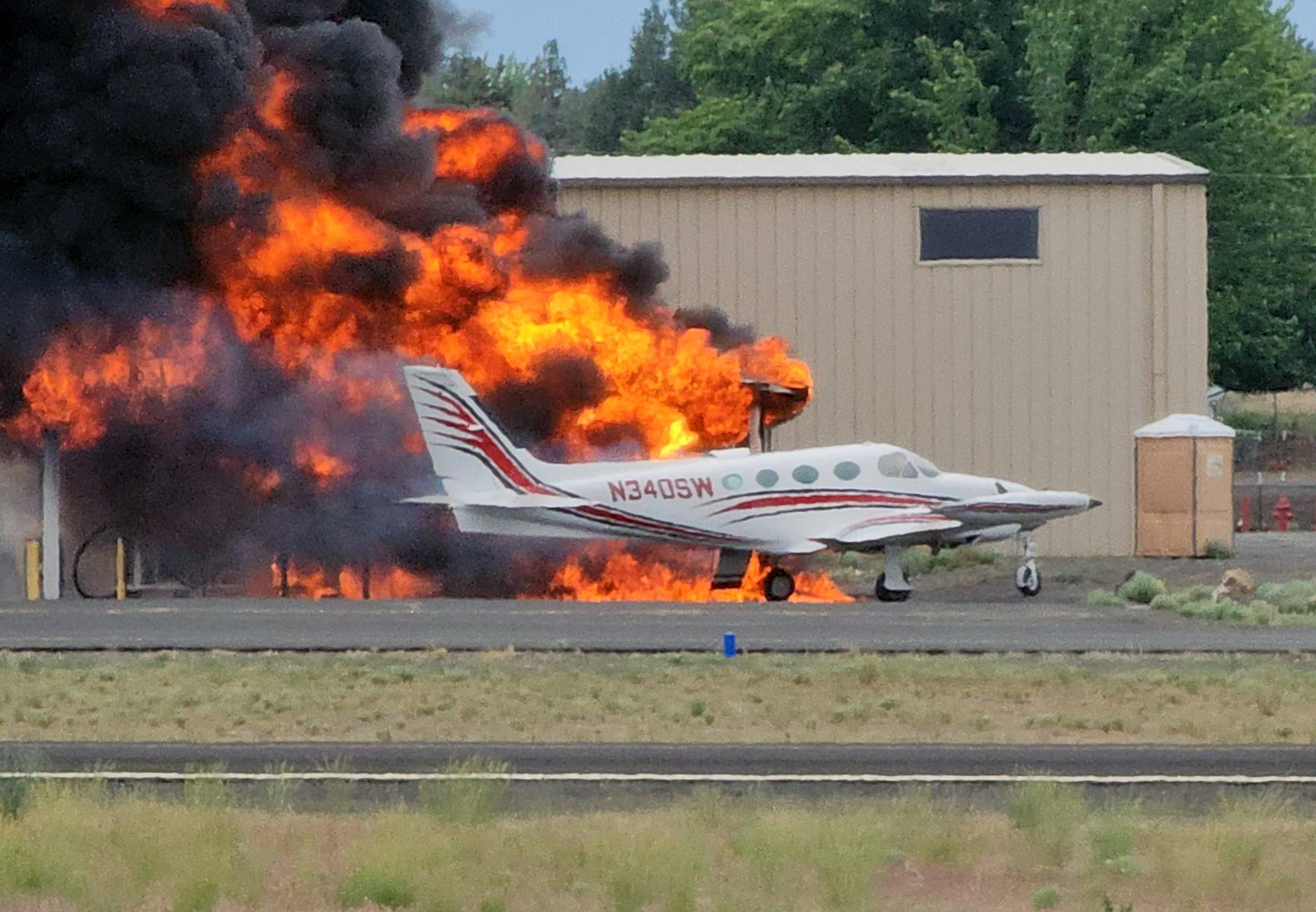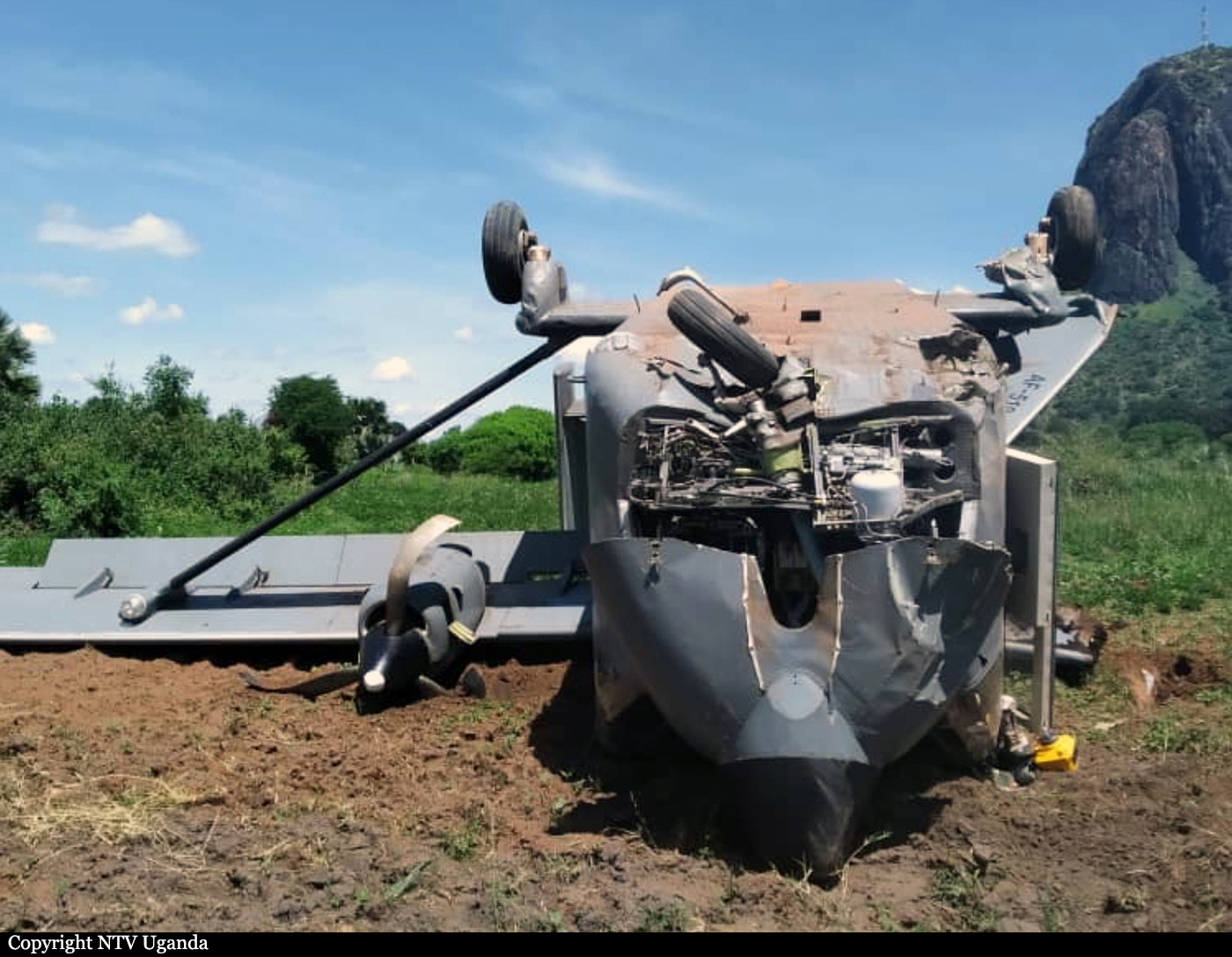Crash of a Cessna 208B Grand Caravan in Chrcynno: 6 killed
Date & Time:
Jul 17, 2023 at 1730 LT
Registration:
SP-WAW
Survivors:
Yes
Schedule:
Chrcynno - Chrcynno
MSN:
208B-0854
YOM:
2000
Crew on board:
3
Crew fatalities:
Pax on board:
0
Pax fatalities:
Other fatalities:
Total fatalities:
6
Circumstances:
The crew was completing a local training flight at Chrcynno Aerodrome. After takeoff from a grassy runway, the single engine airplane went out of control and crashed onto a hangar located nearby the control tower. Two pilots were injured while a third was killed as well as five people in the hangar. Weather conditions were considered as marginal at the time of the accident with a thunderstorm passing over the area.
